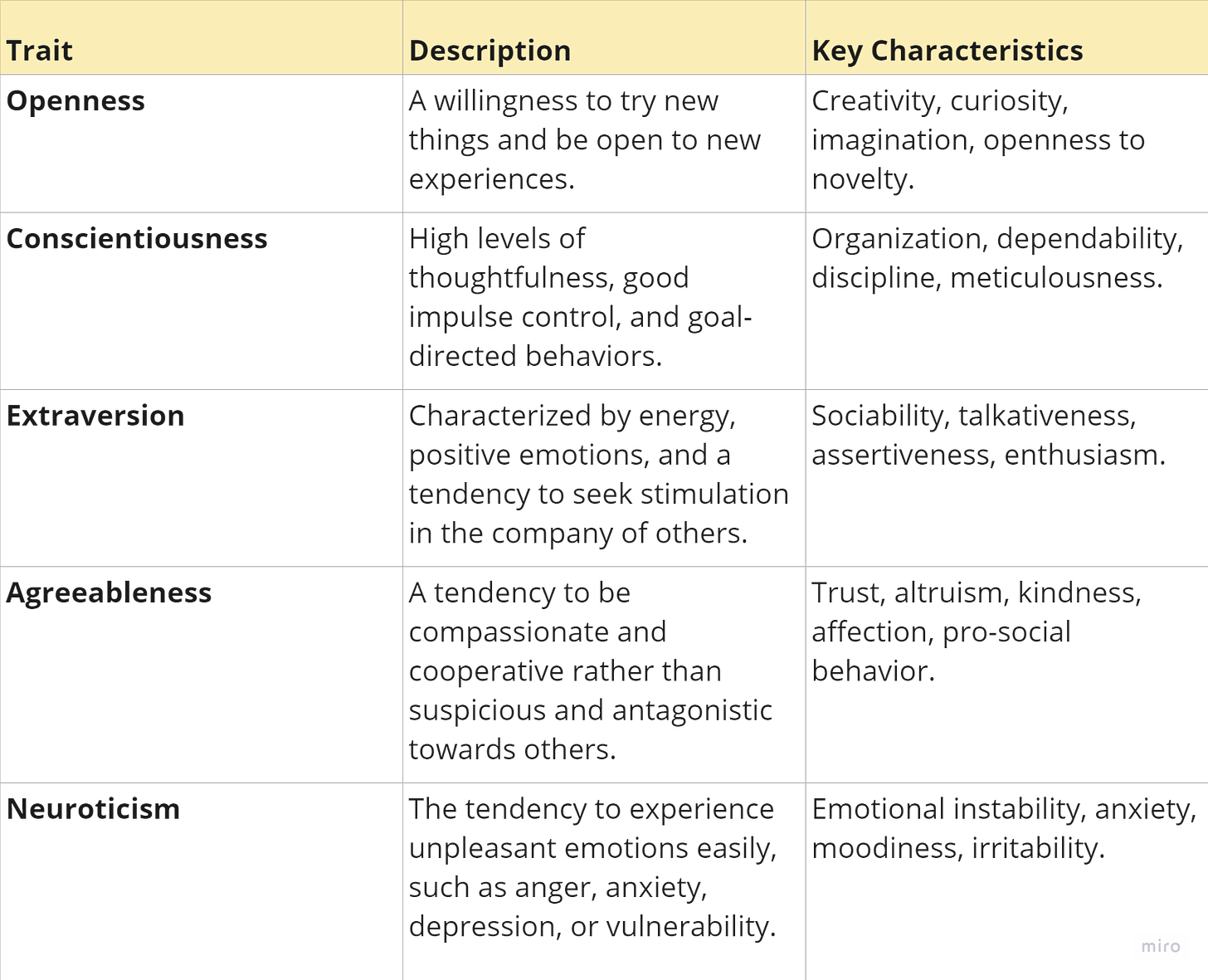Visual Leadership: Enhancing Product Leadership Through the Power of Body Language
Decipher the Messages of Your Personal UPC Barcode.
While standing in line to check out at the grocery store, an individual found themselves idly handling a product, their attention unexpectedly drawn to its UPC barcode. The sight of those black vertical lines, now a common feature on most products, was not new to them. However, on this occasion, they observed the pattern with an unusual level of interest. Despite efforts to understand its design, the code remained a mystery, its logic elusive.
Meanwhile, the barcode scanner at the counter performed with remarkable efficiency. Each time a product's barcode was scanned, the device emitted a beep, signaling the successful capture of essential data. This process entailed more than just recognizing the item; it involved reading the product's name, serial number, and price, and upon completion of the transaction, the store's inventory was automatically updated to reflect the change.
During a conversation with the CEO of a software firm, the topic of Visual Leadership was brought up. He emphasized the importance of his team members having a purposeful presence, regardless of the circumstances. He argued that people constantly observe and interpret visual cues and body language in the workplace, trying to understand what others might be thinking.
What he meant was that our body language acts like a personal UPC barcode, which is scanned, read, and interpreted by the many observant eyes around us, much like barcode scanners. These observers analyze various critical elements, such as an individual's emotional state, their confidence or lack thereof, whether they seem in control of a situation or overwhelmed by it, and whether they appear ready to face challenges or wish to escape them. For those in product leadership roles, displaying positive body language becomes even more crucial, no matter the circumstances.
When body language is positive—heads held high, shoulders back, strong eye contact, purposeful strides—it signals to subordinates that their leader is serious about business, regardless of the challenges ahead. Conversely, negative body language—downcast eyes, slumped shoulders, a hesitant walk—can lead the team to believe that they can relax, as the leader appears to have retreated inward.
The significance of body language is particularly evident in sports. Consider a cricket match where the outcome was hanging in the balance; victory was within reach for either team, depending largely on who managed to maintain their composure. At a critical juncture, a batsman was dismissed, and all eyes turned to the incoming player. In sports like cricket, the long walk from the boundary to the crease is a moment when non-verbal cues are especially pronounced, offering insights into a player's mental state. This particular batsman, with his bat tucked under his arm and taking slow, deliberate steps while adjusting his gear, radiated nervousness.
As he reached the crease, a teammate called out to the bowler, "Get him, mate. He's already defeated; you just need to send him back." The field was set aggressively, adding pressure. Anticipating a short-pitched ball, the batsman was caught off guard by a full-length delivery, leading to his dismissal. His negative body language had, in effect, spoken louder than the sound of the ball crashing into the stumps.
Steve Waugh, in his book "Out of My Comfort Zone," makes a compelling comparison: "Bad body language is a bit like smelly underarms in that you don't really sense it, but those around you pick up on it in an instant." This analogy highlights the often subconscious nature of body language and its immediate impact on those around us.
Sir Vivian Richards, the West Indian cricket legend, exemplifies the power of positive body language. His distinctive gum-chewing, combined with a confident swagger and the way he wielded his bat like a sword, portrayed him as a formidable warrior on the field, one that the opposition often feared. Without saying a word, Richards' demeanor seemed to challenge his competitors, as if declaring, "Come on, boys, I'll show you who's in charge here!"
Recent advances in neuroscience and psychology have further underscored the importance of body language in leadership effectiveness. Body language serves as an external manifestation of a person's internal emotional state. Each movement and gesture offers a glimpse into the emotions an individual may be experiencing at any given moment, providing valuable insights into their mindset and feelings.
To underscore this concept, consider a study conducted by researchers at the University of Trento, Italy, which examined the physiological responses triggered by specific emotional states in participants. According to the study, emotions are not only psychological phenomena but also have physiological aspects that can be quantified and analyzed. The researchers used a series of movie clips designed to elicit various emotions such as fear, sympathy, and joy. Participants were equipped with portable sensors that measured heart rate, skin conductance, and facial expressions. The results showed a distinct physiological change corresponding to the emotions evoked by the clips, such as an increased heart rate in response to fear-inducing scenes.
This research clearly demonstrates that the emotions we feel in various situations—whether on the playground, in the boardroom, or anywhere else—manifest externally through our body language. These emotional responses can be triggered by a wide range of scenarios, from dealing with an irate or delighted customer, to interacting with a demanding manager or receiving praise, to witnessing a team member shirk or exceed their responsibilities. Even in a meeting, participants' engagement or displeasure, encountering a stranger, hearing rumors of downsizing, or simply displaying varying levels of interest—all these situations can evoke emotions that are visible through our body language. Observers can quickly make judgments based on these nonverbal cues, assessing our reactions to different situations through the lens of the five dimensions of human personality.
Albert Mehrabian, a pioneer in the study of body language during the 1950s, identified the significant impact that different aspects of communication have on the message conveyed. His findings broke down the components of a message as follows:
Verbal (spoken word) accounts for 7%,
Vocal (tone of voice, modulation, and other sounds) for 38%, and
Non-Verbal (facial expressions, body postures) for 55%.
Research suggests that we form impressions of one another within the first seven seconds of meeting. As indicated by Mehrabian's research, 93 percent of the impression we project comes from non-verbal cues rather than from the words we speak. Thus, mastering nonverbal communication skills can provide a significant professional edge.
Illustrating this, a Vice President of Human Resources at a large corporation mentioned during a seminar that their leadership team opted to promote one employee over another based on dress sense. Although both candidates had equal competencies and consistent performances over the years, the way they presented themselves through their attire became the deciding factor. The employee chosen for the promotion dressed impeccably, whereas the other frequently wore slippers to work. The leadership team felt that the latter was not setting the right example for his team or the organization at large, leading to his being passed over for the promotion.
In his autobiography "Faster than Lightning," Usain Bolt recounts his observations of visual cues during the 100m finals at the Beijing Olympics. He was set to compete against his fellow Jamaican, Asafa Powell, and Bolt noticed that Asafa appeared unsettled before the race. Bolt, known for his relaxed demeanor just minutes before a race—often seen joking with the camera or other athletes—could sense the tension in Asafa, who was eager to win and perhaps break his own world record. Aware that stress is an athlete's worst adversary, Bolt felt an urge to help Asafa relax, but the race was imminent, and relaxation eluded Asafa.
As they positioned themselves at the starting blocks, Bolt took another look at Asafa and perceived that he was compromising his chances of victory. When the race started, Bolt surged ahead, finishing first with a world record time of 9.69 seconds at that time, which has since been surpassed by the current record of 9.58 seconds. Asafa, despite being one of the favorites, finished fifth. His nervousness was apparent in his performance—a slow start and lost momentum.
This instance prompts a reflection on the parallels in the workplace. If stress can deprive an athlete of an Olympic medal, it similarly threatens professional scenarios—a lost sales pitch, a botched interview, a flawed demonstration, or the palpable decline of one's motivation observed by colleagues.
Projecting positive body language is crucial in personal and professional environments. Here are eight suggestions based on extensive research on the subject:
Dress Well: The importance of dressing well cannot be overstated. Dressing impeccably can metaphorically add inches to one's stature, boosting confidence. Product leaders must manage their self-presentation as it sets a precedent.
Walk with Certainty and Maintain Positive Postures: How one walks can indicate control or lack thereof. Studies have shown that altering one's walk can change thought patterns. Similarly, posture can influence thoughts and energy levels, with upright seating fostering positivity.
Mind Your Tone: The tone of voice adds dimension to words. Inconsistent tone, facial expressions, and posture can undermine a leader's message. Intonation and expression can enhance communication.
Smile More: Smiling can have a transformative effect, especially during challenging times. Smiling influences others' responses due to the brain's 'mirror neurons' which cause people to mimic expressions they see.
Be Physically Fit: Physical fitness infuses energy into daily activities. A routine of 30 minutes of physical activity can significantly enhance mind-body synergy.
Use Positive Affirmations: The language used in greetings can reflect one's body language and perceived control over tasks. Positive affirmations contribute to a more positive outlook and body language.
Watch Videos of Athletes: Observing the energy and intensity of athletes can be motivational and reinvigorate one's energy levels.
Collect Feedback: Soliciting honest feedback from peers about one's body language can be eye-opening. It helps align self-perception with how others perceive us, leading to constructive behavioral changes.
Incorporating these practices can lead to body language that is not only positive but also impactful, making every visual cue count.
In conclusion, the essence of effective leadership extends beyond verbal communication; it is deeply rooted in the non-verbal cues that leaders project. The body language of product leaders can speak volumes, influencing team dynamics, customer perceptions, and ultimately, the success of their products. By adopting the suggested strategies for positive body language, leaders can reinforce their messages, inspire confidence in their teams, and navigate the complexities of the marketplace with a commanding presence.
For product leaders, it is essential to embody the principles of visual leadership, leveraging the silent language of posture, gesture, and expression to complement their vision and strategies. Dressing sharply, walking with purpose, using a resonant tone, and maintaining a composed demeanor are not just personal enhancements but also powerful tools for leading by example. Observing athletes for inspiration, using affirmations, and seeking feedback can further refine a leader's non-verbal repertoire.
As the architects of innovation, product leaders are encouraged to integrate these body language insights into their daily interactions. By doing so, they can elevate their leadership, foster a culture of positivity, and drive their teams toward achieving excellence in product development.
Disclaimer: The views and insights presented in this article are derived from information sourced from various public domains on the internet and the author's research on the topic. They do not reflect any proprietary information associated with the company where the author is currently employed or has been employed in the past. The content is purely informative and intended for educational purposes, with no connection to confidential or sensitive company data.



